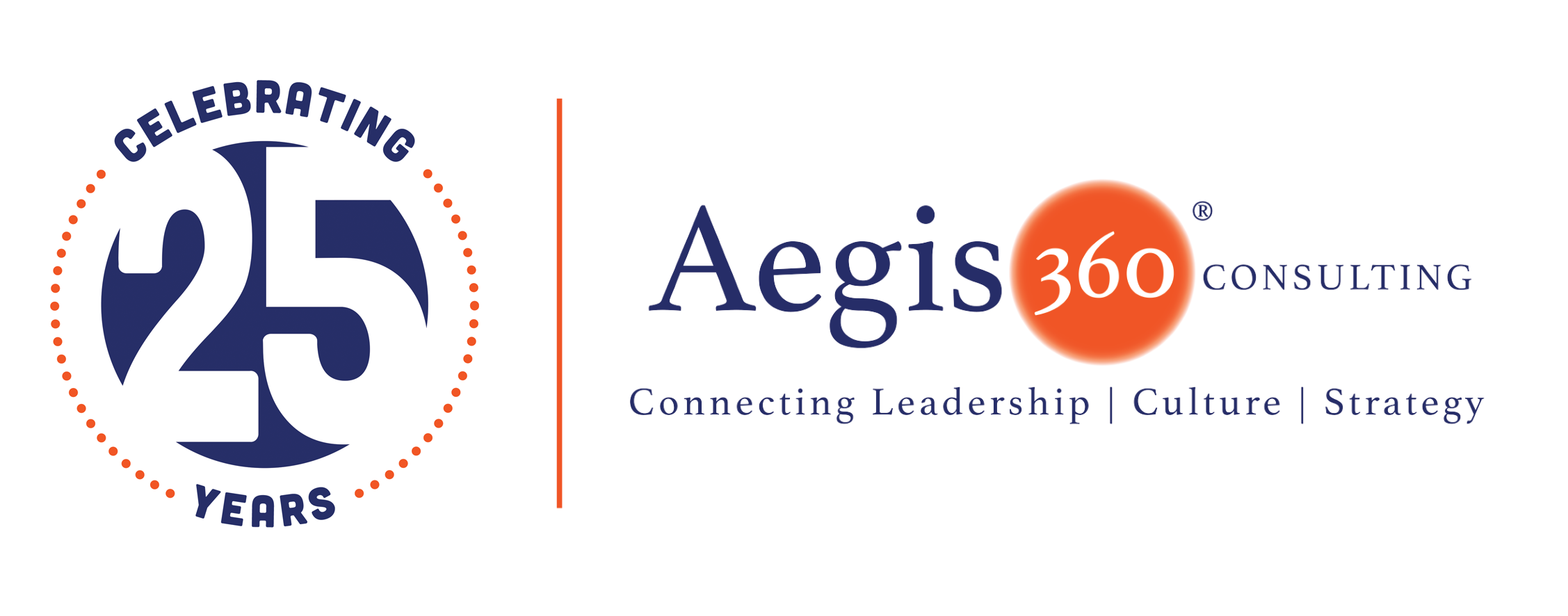
Using Table Top Business Simulations™
Lecture. Testing. Prototyping. Modeling. Practice. Rehearsal. Beta. The best way to learn and practice a complex set of tasks and skill building is to simulate. Table Top Business Simulations™ gets participants off the computer, out of the book, and working together. In other words, it puts learning out on the table.
Simulations have been around for centuries. Here are a few examples:
- Generals would roll out a map in their tent then work through various situations to figure out the best strategy to win the battle. Large topographically accurate tables were built and used in battlefield strategy training as a simulation.
- Many of us remember the big driver’s education trailer with the driving simulators. When I was a pilot in the Army, we spent hours working in a flight simulator.
- Resusci Anne has been teaching cardiovascular methods for decades. With today’s technology, healthcare is using alternatives for more advanced medical procedures.


What are the advantages of learning through a simulation?
- Allows us to fail without the pain or cost of failure.
- Has decision making and problem solving built into it.
- Provides a learning outcome, either pre-determined or achieved with debriefing.
- Encourages experimentation.
- Designed for teams to work together through fostering, collaboration, conflict resolution, team building, and negotiation.
- Highly interactive.
- Immersive learning.
- Reduces lecture to a minimum and focuses on in-the-moment needs of the participants.
When it comes to business training, a Table Top Business Simulation™ allows the participants to learn and experience a variety of topics from business acumen, finance, sales, talent management, and project management.
It is important to understand your objectives before diving into a simulation. Each one will drive a certain set of challenges for the participants; which of course will then drive to a more powerful debrief.

